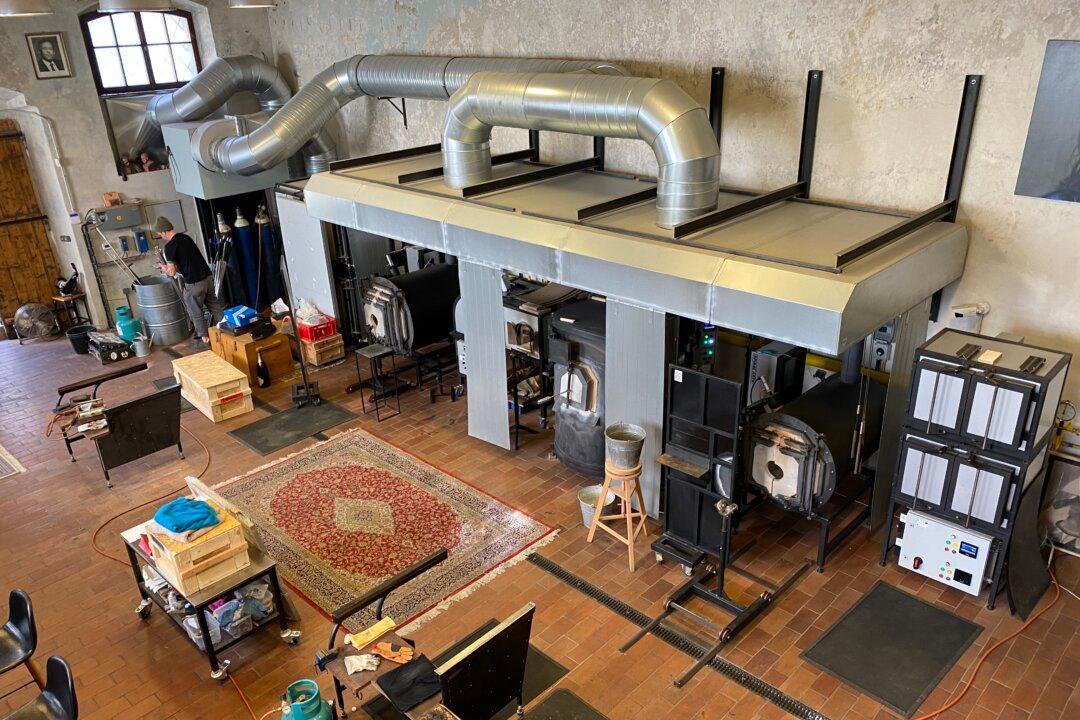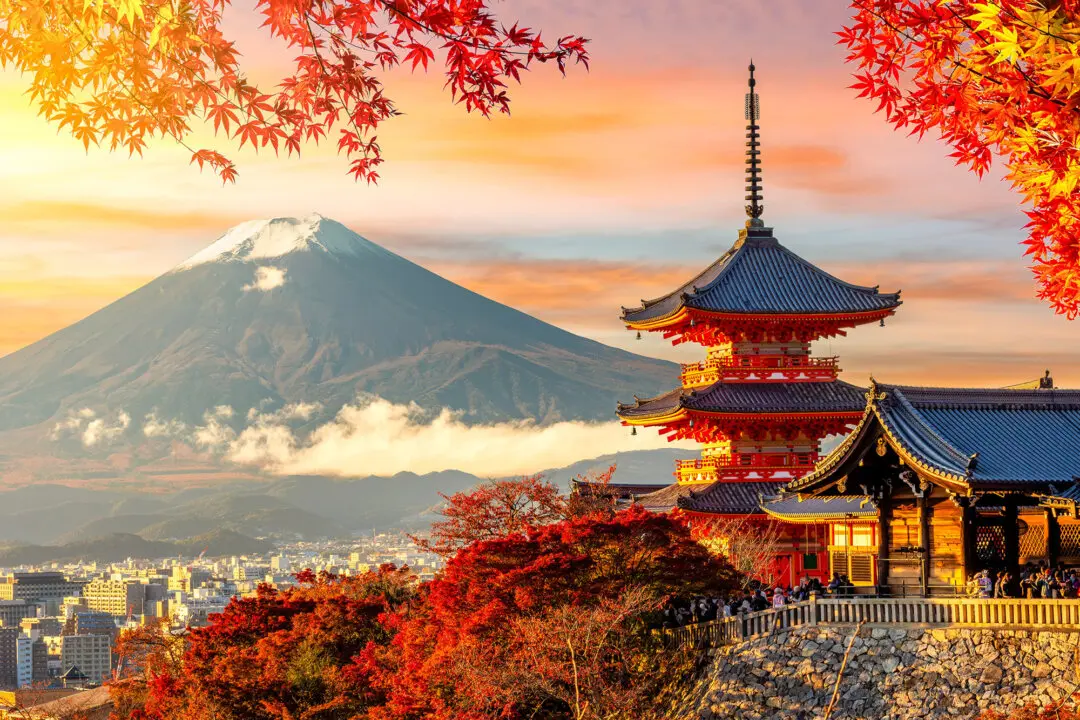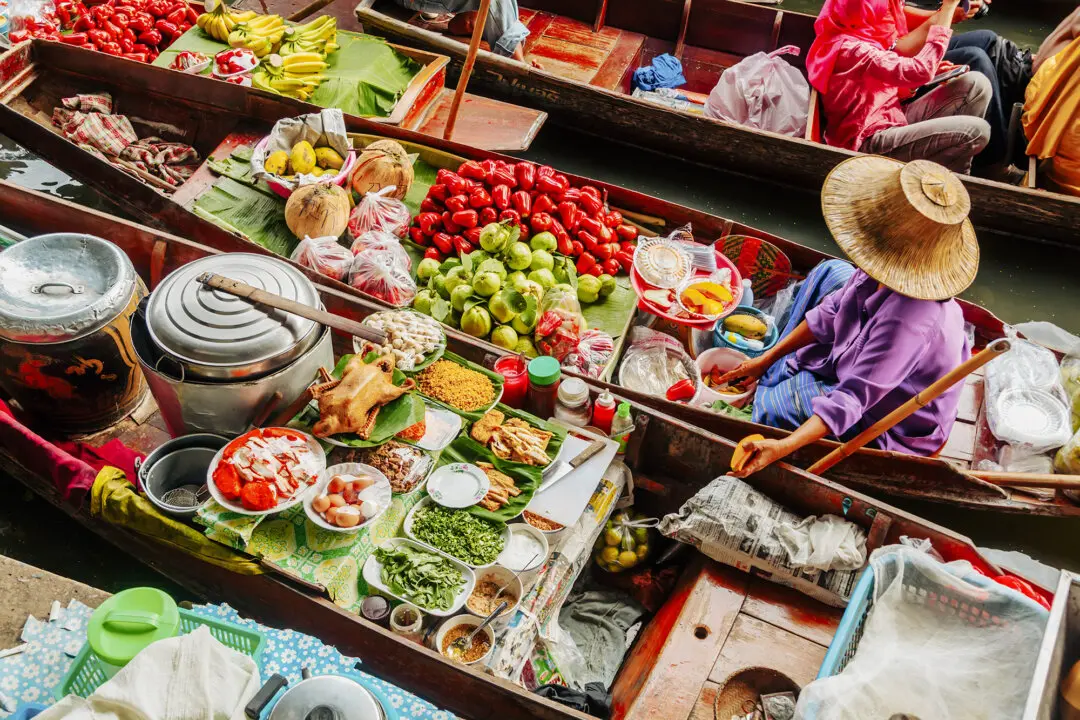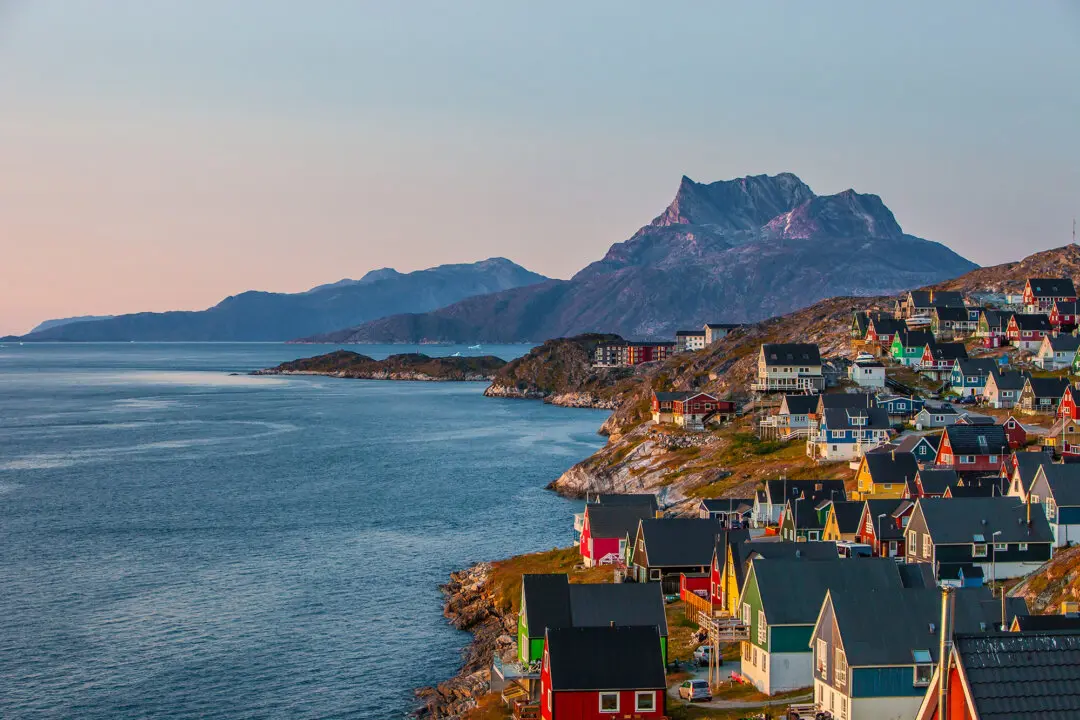It seemed like a secret—and in some ways, I guess, it was. Rolling over the Vltava River in his little car, Stepan Rusnak expertly maneuvers through the tight corners and cobblestones of the Lesser Town, squeezing the small black hatchback into a tiny parking space. We walked a block to the John Lennon Wall.
Sitting across from the French Embassy on a leafy corner bend in a back street, the Wall has been a magnet for both love and dissent since the 1960s. Initially, couples painted on poems, and in the 1980s, after Lennon was assassinated, an unknown artist painted his portrait here. As that decade progressed, the artwork and messages on the Wall became more political, calling for democratization and liberalization. “The KGB, they were always here, watching,” said Rusnak, his eyes tracing the opposite side of the street.





